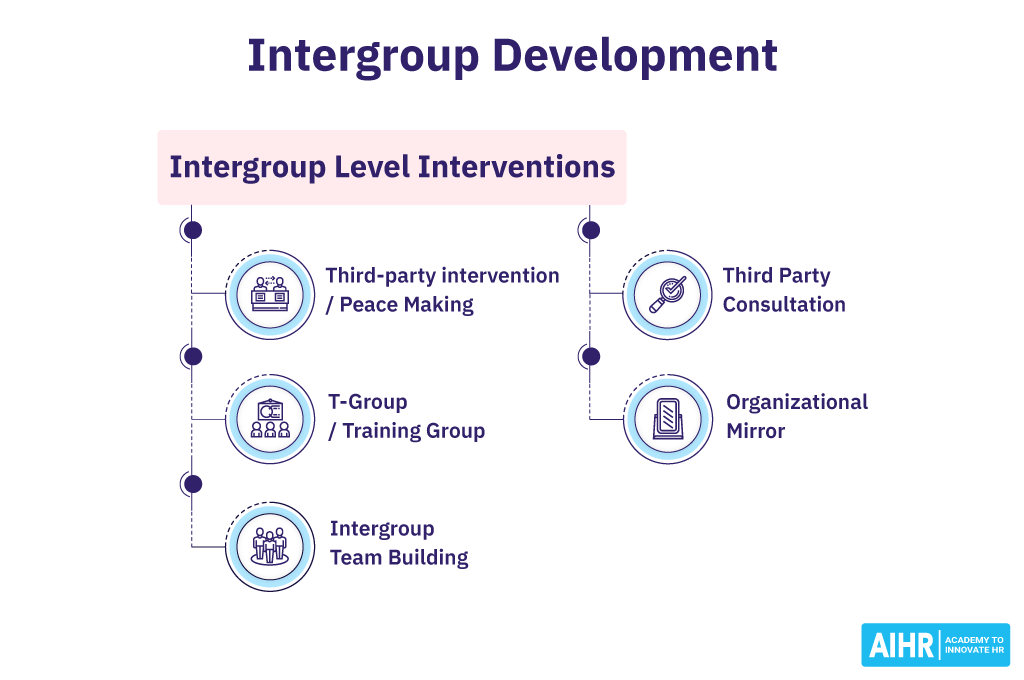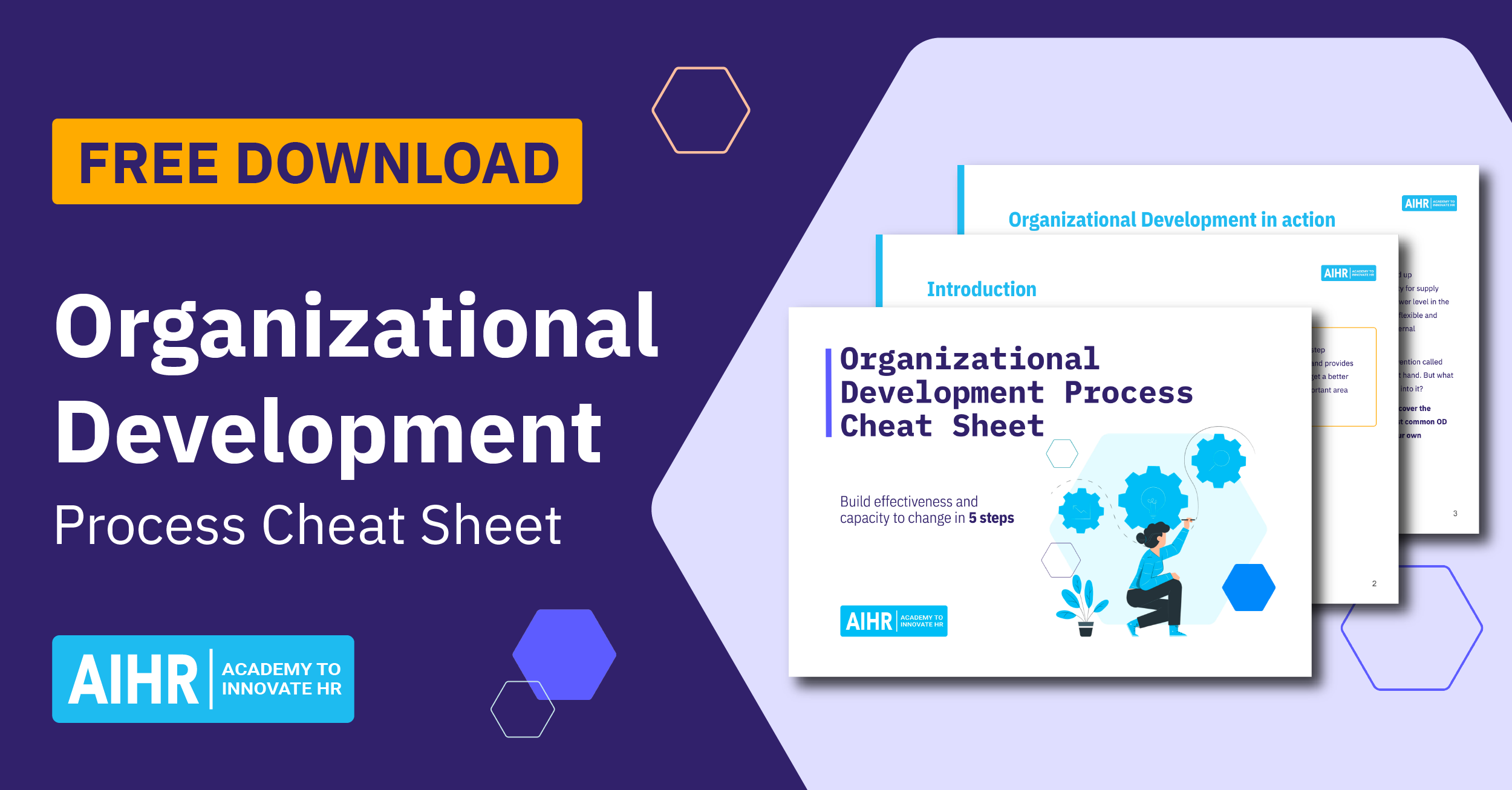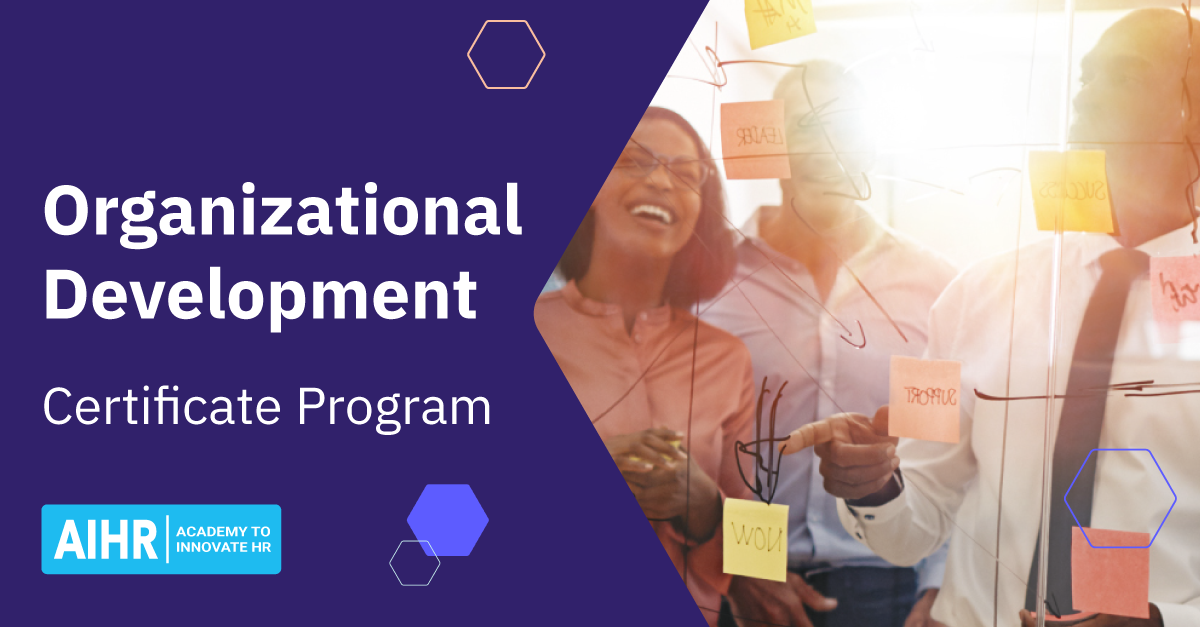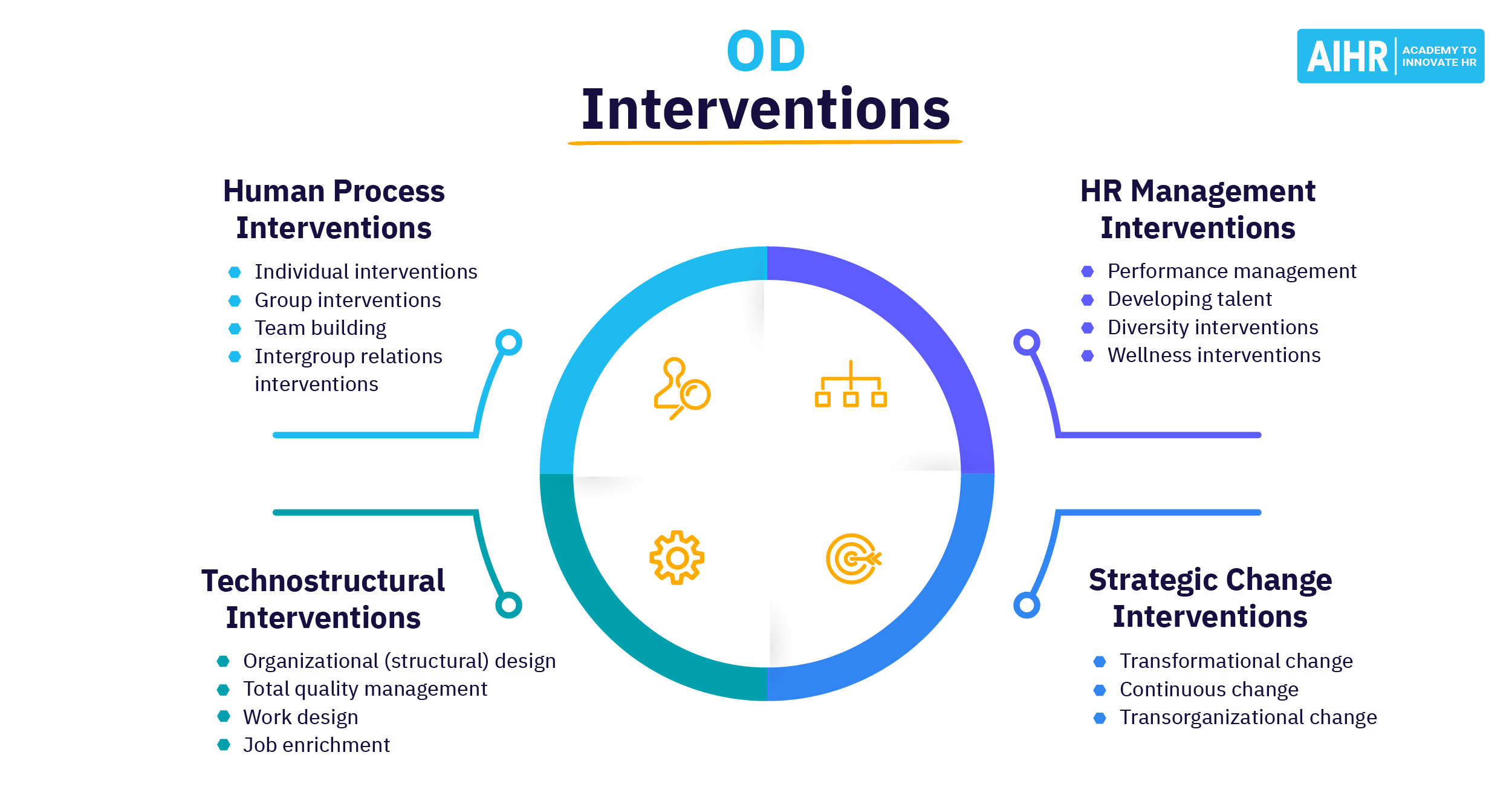Intergroup Development
What is intergroup development?
Intergroup development is an organizational development intervention aimed at improving working relationships between groups.
Improved working relationships mean knowing group members better, as well as what they do and how they work. This leads to a better understanding, higher quality communication and interactions, and better rapport with one another.
Intergroup development is similar to team building, with one key difference. Team building focuses on members within a group, while intergroup development focuses on team building between groups.
Below, you can see some examples of intergroup-level interventions.

How do intergroup interventions benefit the organization?
Intergroup interventions benefit the organization through better communication between teams or departments. This results in the following benefits:
- Enhanced teamwork. Cross-functional collaboration between different teams will increase.
- Reduced conflicts. Intergroup interventions focus on building relationships between members of different groups. This reduces between-group conflicts.
- Promoting integration. By connecting members between groups, silos diminish, and integration increases. This leads to more collaboration and innovation.
How to organize an intergroup intervention? An example
When organizing an intergroup intervention, be very explicit about why it is taking place and what the desired outcome is. Also, take your time. Solving conflicts, building understanding, and enhancing teamwork in half an hour is hard.
Below, we’ll list a setup for a two-hour workshop in which all members from two or more different groups come together in one room.
- Explain the need for the session. Clearly specify the session’s goal: to improve collaboration and find ways to work better together. Emphasize that the session aims to make the organization more effective and deliver more value to customers or other relevant stakeholders.
- Generate a list of helpful and disruptive things other teams are doing. Each of the groups individually should sit together and generate two lists: one with helpful things the other groups are doing and one with disruptive things the other groups are doing. After each list is generated, it is shared with the entire group.
- Create intergroup teams to solve the problems that were identified. Next up, create intergroup teams that solve the disruptive things that have been identified. Try to aim for groups of 4-5 people and let people pick the topics they want to work on. The key here is to create balanced teams with members from all relevant groups. The outcome is a list of action strategies and goal statements for each group.
- Present an action plan. Finally, each group will present their action strategies and goal statements to one another. It is now up to the groups to implement these going forward. You can decide to create a follow-up session 3-6 months later to evaluate progress, as this will create more accountability.
To sum up, the goal of the session is explicitly to create more synergies and reduce disruptions. This makes the intervention much more effective than more socially-oriented team-building activities, which are great for building more social interactions and cohesion but are less effective in stimulating teamwork and integration.







